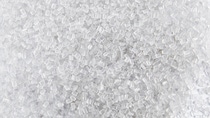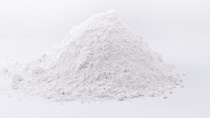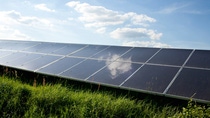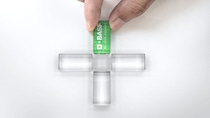Plastics & Rubber
Plastic Additives for Agriculture
According to United Nations estimates, the world’s population will exceed nine billion people by 2050. The use of durable, reinforced and functional plastics in agriculture, often referred to as “plasticulture”, is a secure way of increasing output and enhancing crop quality in a challenging environment due to climate change.
Currently, more than 7,000,000 metric tons of film is produced every year for the plasticulture market, with an average annual growth rate of about 7%. Greenhouse covers, mulch films and silage films (stretch, bag, sheet) are the main applications, accounting for more than 75% of the total agricultural plastic market. Asia-Pacific covers 70% of the global demand, followed by Europe.
The wide range of plasticulture applications also include walking and small tunnel films, disinfection films, floating covers, in addition to drip irrigation pipes, nets (ventilation, shading), nonwoven fabrics, twines, clips and substrate bags.
The plasticulture market must continuously adapt to feed the planet
Agricultural plastics are strongly influenced by four main trends that are shaping the market and driving innovation which will consequently have an important effect on the choice of films and their stabilization systems.




